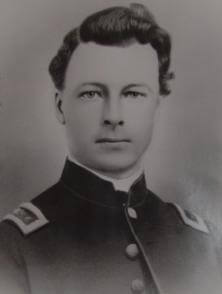
Inside the G.A.R. Hall
Considered to be one of Peninsula’s historic treasures, The G.A.R. Hall is owned and operated by the Peninsula Foundation, a non-profit located in Peninsula Ohio. The Hall is currently the home to the Voices in the Valley music program which celebrates roots music from local, national and international touring artists. This program continues to support the Arts in NE Ohio by presenting quality programming from artist considered to be the top in their field. The Hall is also available for private rental for life’s special moments.
G.A.R. Hall History

G.A.R. Hall with WWII Stone
The Grand Army of the Republic Hall was originally built in 1851 as a one-room schoolhouse for Boston Township. It was used as a school until a new building was constructed across the street in 1887. In 1888, the building was remodeled into a meeting place for Civil War veterans. The veterans named Grand Army of the Republic Post #272 in honor of George L. Waterman, a Peninsula native who was killed in Dayton while attempting to quell pro-slavery rioting.
The last members of the G.A.R. returned the property to the village in 1914. Veterans returning from World War I formed the Fauble Post of the American Legion and purchased the G.A.R. Hall from the village in 1931. The Fauble Post ceased to meet by 1959 and the property reverted to the State of Ohio’s American Legion. The structure fell into critical disrepair by 1962 and was sold for back taxes by the Legion to Robert L. Hunker, a local preservationist who restored the building’s grandeur.

Soldier at G.A.R. Hall
In the 1880s, the G.A.R. Hall was a meeting place for the veterans of the Grand Army of the Republic and the social center for the village where weddings, funerals, plays, and parties were held as well as meetings of the G.A.R. The hall also served as a basketball court for the school after it was moved across the street. It was also the location for one of the first showings of a motion picture in Summit County. From 1943 until 1949, the G.A.R. Hall was the home of the Peninsula Players.
World War II brought an end to the building’s usefulness for the American Legion and Peninsula Players and the building fell into disrepair. By the early 1960s, the west wing was gone and the building was in such poor condition that it was slated for destruction as a fire drill by the local fire department. Robert L. Hunker stepped in and restored the main floor and stage to its original condition. The insignias of the G.A.R. painted by Charles Currier remain. Flanking the stage are oil chandeliers and sidelights which are identical to the original fixtures of the hall.
Click here for information about our ADA addition to the G.A.R. Hall!

G.A.R. Hall: circa 1880’s

